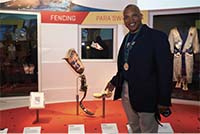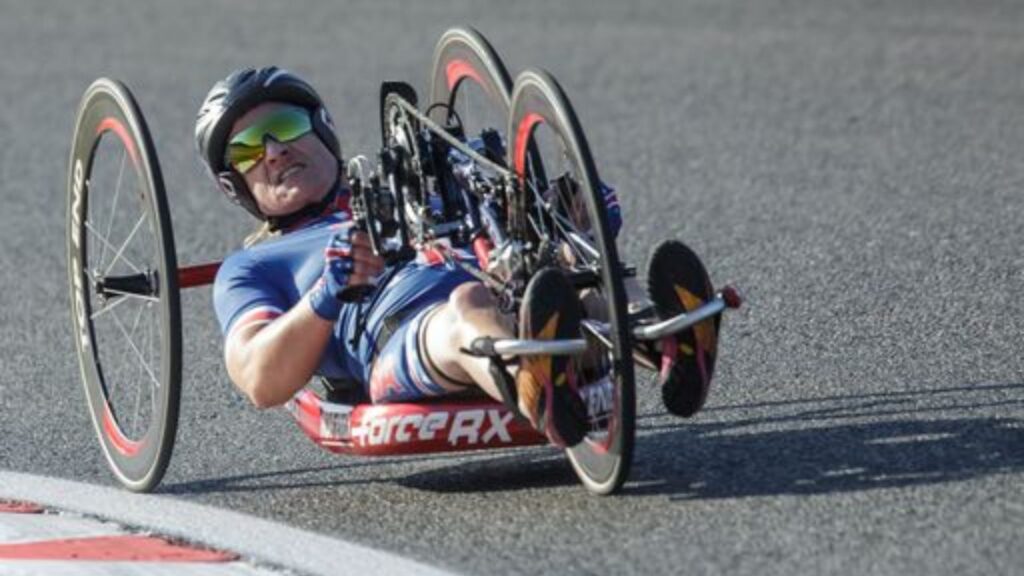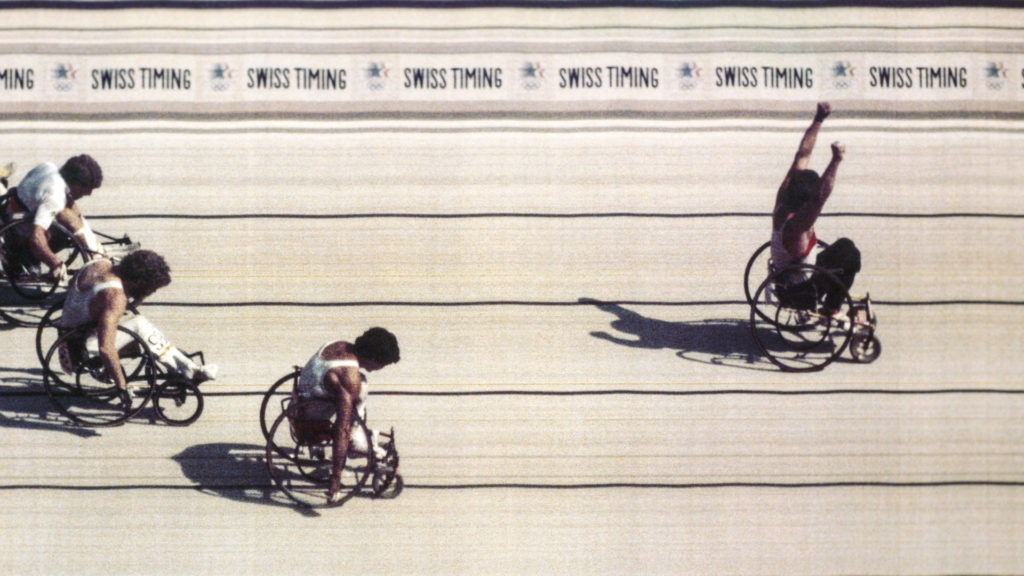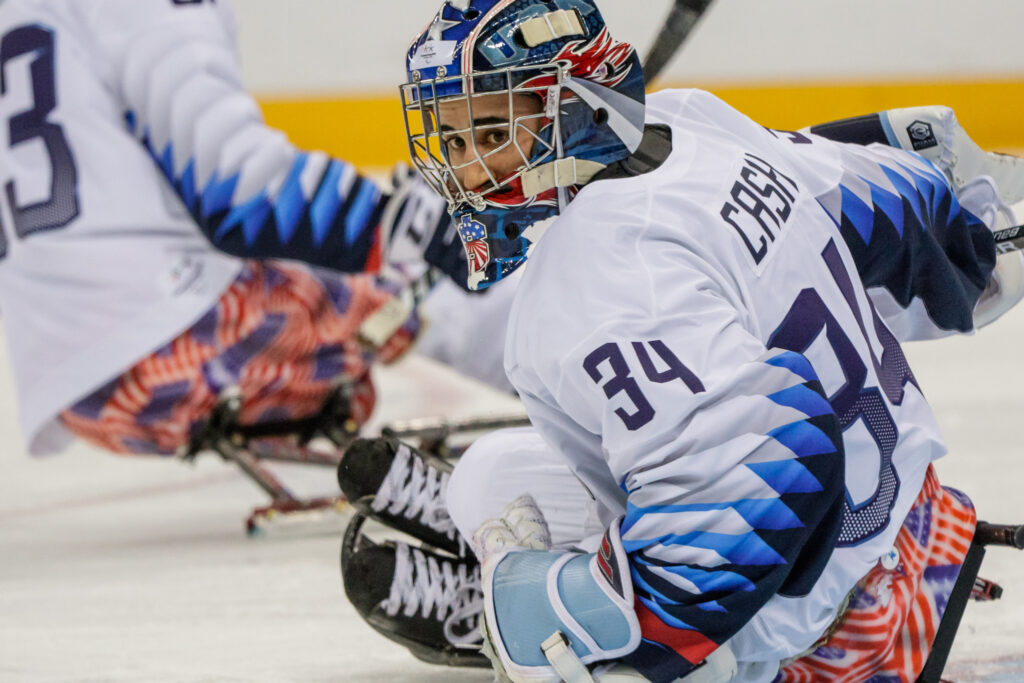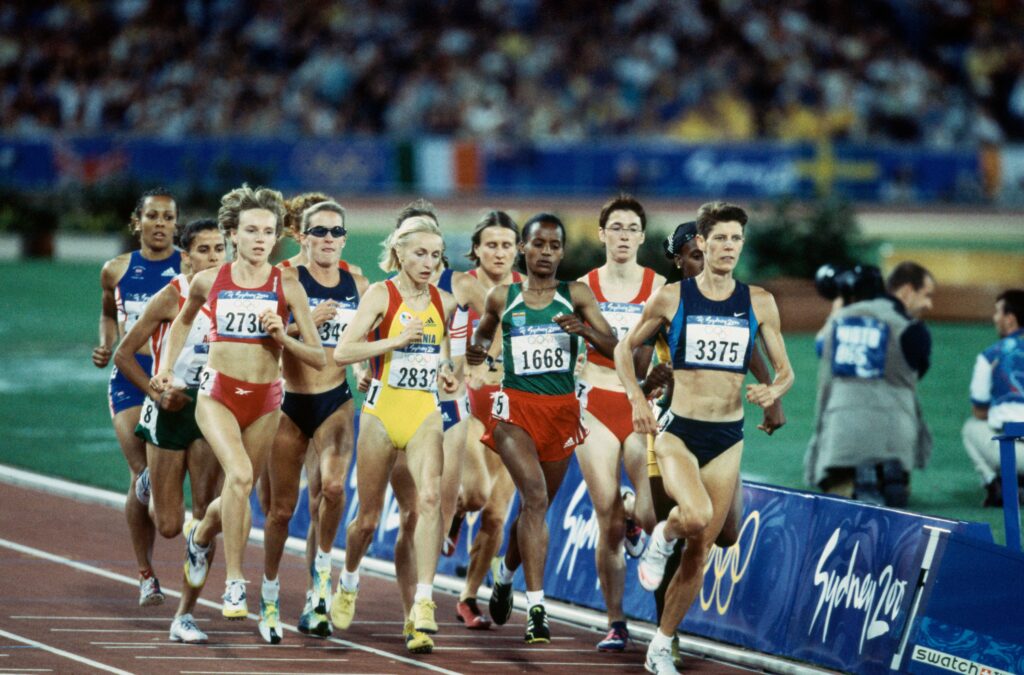Bob Mathias suffered from anemia as a child. He had to take frequent naps to stay rested and have enough energy just to get through the day. He paid careful attention to his diet and took iron pills in an effort to get stronger.
Somehow, it all worked.
As a high school student, he played basketball and football. He ran track. As a senior, he won two California high school championships in the hurdles and placed fourth in the shot put. His high school coach suggested trying the decathlon.
“That’s great, Coach, it sounds like fun,” Mathias later recalled saying. “But just one question: What’s a decathlon?”
Mathias had never competed in the pole vault, long jump, javelin or 1,500-meter run. It didn’t matter.
Mathias won his initial decathlon, advancing to the AAU National Championships, which served as the trials for the U.S. Olympic Team. He won that meet, too, beating three-time champion Irving Mondschein.
Two months after graduating high school and six weeks after participating in his first decathlon, Mathias traveled to the London 1948 Olympics Games. There, in the cold and rain and needing headlights from cars to be able to see, the 17-year-old Mathias won the gold medal and become the youngest men’s winner of an Olympic track and field event.
After returning home, Mathias enrolled at Stanford University, where he played fullback for the Cardinal’s football team. In 1952, Mathias played in the Rose Bowl – the first nationally televised college football game – and then successfully defended his gold medal at the Helsinki 1952 Olympic Games, where he set a new world record and won by an incredible 962 points.
Mathias retired from competition undefeated in 11 decathlons. After graduating from Stanford, Mathias served in the U.S. Marine Corps. He later was elected to four terms as a member of the U.S. House of Representatives before serving as President of the American Kids Sports Association and director of the United States Olympic Training Center
Mathias died in 2006 of cancer. He was 75.



